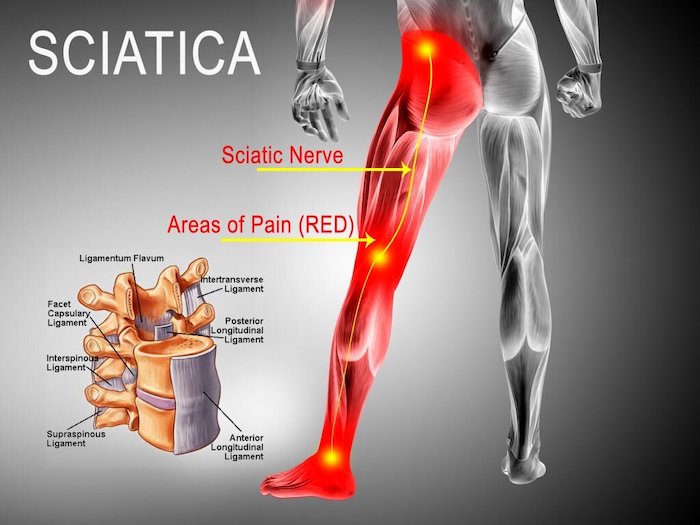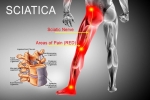
Severe sciatic nerve pain can make exercise seem impossible. But don't despair, these 3 tips can help get you up and keep you moving:
1. Stimulate Your Soft Tissues With Heat
Applying heat to your rear pelvis for 15 to 20 minutes prior to your exercise can help in the following ways:
- Improve blood flow. Heat therapy increases the temperature of tissues, causing blood vessels to dilate. Dilation of blood vessels improves the flow of blood, oxygen, and healing nutrients to your lower back.
- Stretch soft tissues. Heat therapy helps decrease stiffness and increase flexibility by stretching the muscles around your spine. The range of motion of your lower back also increases and can help you exercise better.
There are numerous options for heat therapy, including a warm bath, a hot water bottle, or a reusable gel pack.
When applying heat therapy, make sure you place a cloth or towel between your skin and the heat source and take intermittent breaks to prevent burns.
2. Start With Easy, Low Impact Options
If you are new to exercising, make sure to not overexert yourself. You can begin with as little as 5 to 10 minutes, and slowly work your way up each day.
- Try simple sciatica exercises at home or use a stationary bike or elliptical machine at the gym.
- You can also simply walk in a swimming pool; water therapy can effectively relieve sciatica pain and does not require much effort.
Avoid exercises that can jar your spine and worsen your sciatica symptoms, such as running or mountain biking.
3. Pay Attention To Your Form
It is important to be mindful of your body and pay attention to your form while exercising. Feel the rhythm of your breathing to improve your focus. When you are mindful, you will be distracted from the pain and anxiety of sciatica. Be sure to follow the exercise steps correctly and use the correct posture to avoid further injury.
Starting a new exercise may cause a moderate degree of soreness for beginners. Using an ice pack on the sore areas after you exercise can help reduce inflammation and decrease the pain.
Regular Exercise Can Prevent Sciatica Recurrences
It is essential to commit to a regular exercise routine if you have sciatica. Exercise can help improve the health of your muscles and joints in your spine and nourish your spinal discs effectively reducing pressure on your sciatic nerve roots. When you exercise on a daily basis, your sciatica symptoms may improve in the short term and you may have fewer recurrences over time.
Talk with your doctor if your symptoms do not improve and/or worsen with exercise, which can indicate a more serious injury to your sciatic nerve root(s). A doctor can accurately diagnose and treat the underlying cause of your sciatica.
Precision Pain Care and Rehabilitation has two convenient locations in Richmond Hill – Queens and New Hyde Park – Long Island. Call the Richmond Hill office at (718) 215-1888, or (516) 419-4480 for the Long Island office, to arrange an appointment with our Interventional Pain Management Specialist, Dr. Jeffrey Chacko.













